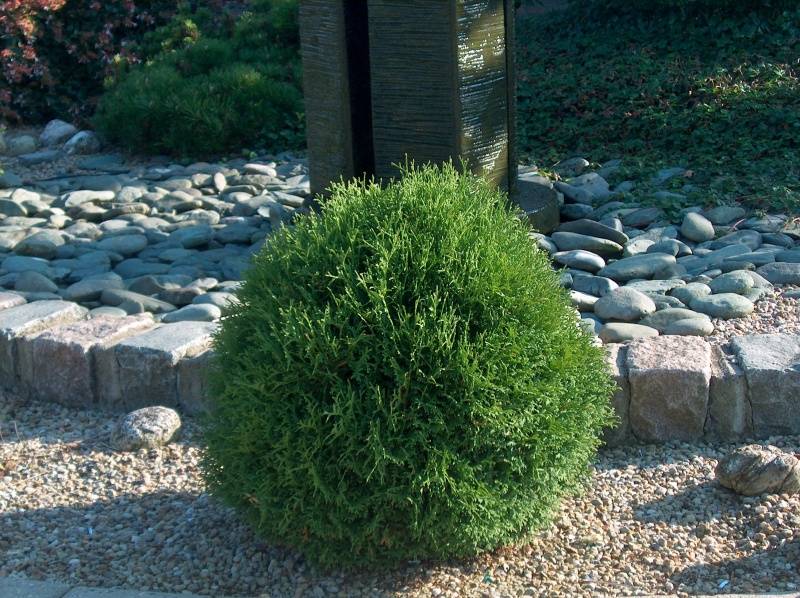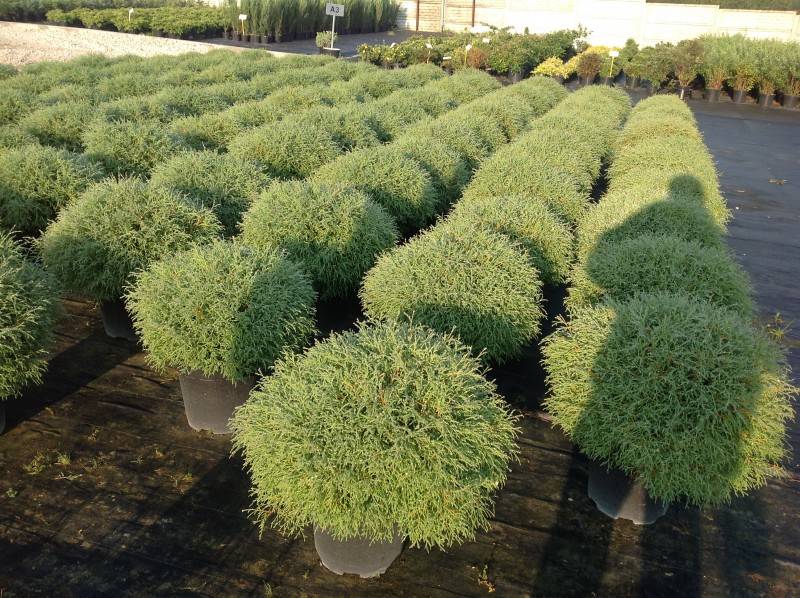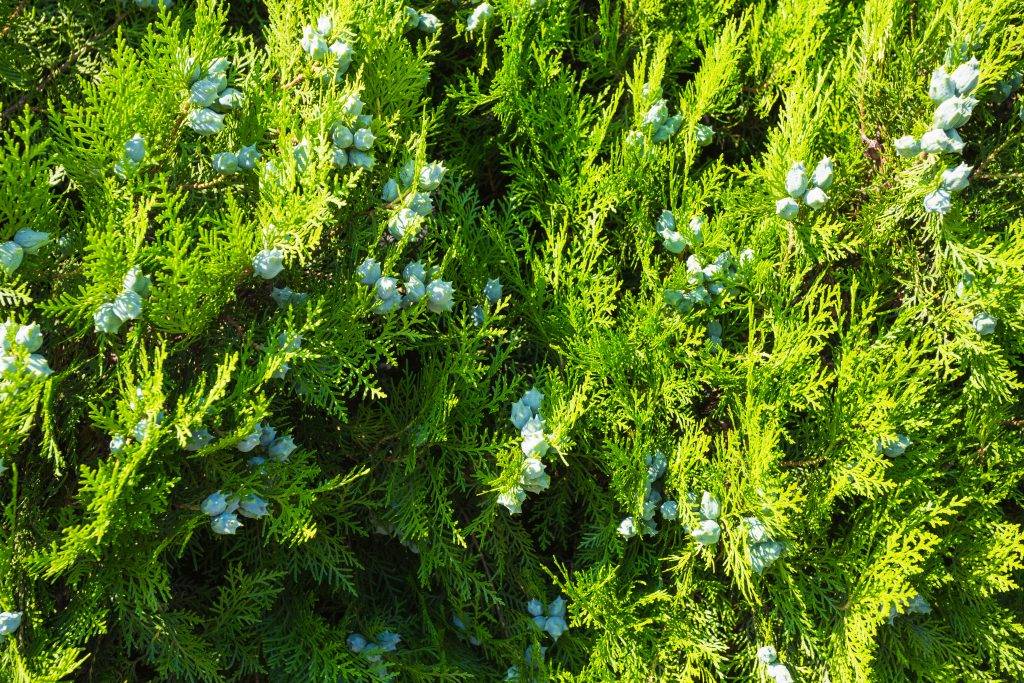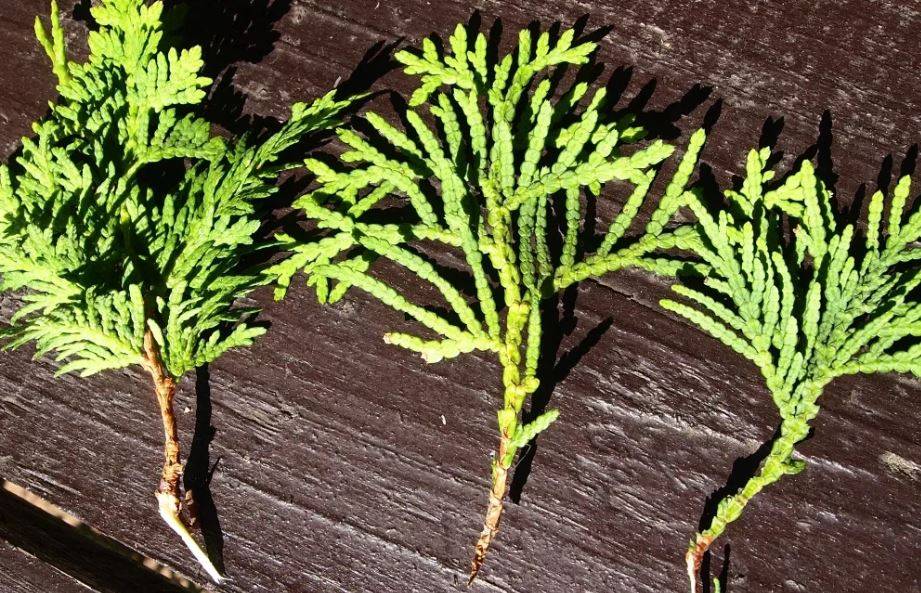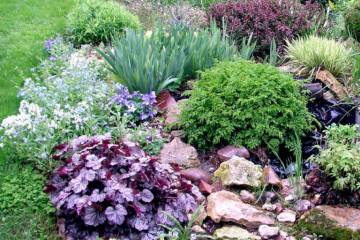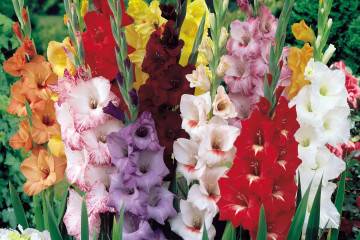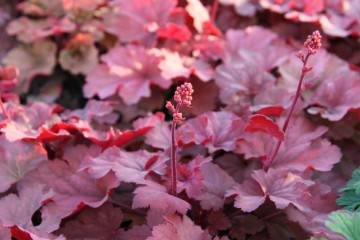Tuya Tini Tim (Tiny Tim) western - description
Content:
Of course, for gardeners who have their own country house or summer cottage, it is very important that beauty and well-being reigned there all year round, and not only in summer. Evergreens will decorate the site. One of them is Thuya Tini Tim. It is a dwarf plant that stays green all year round. Due to its compactness, it will fit even in the smallest area, it can also be grown in a small flower bed located next to the porch.
Description of Tui Tiny Tim (Tiny Tim) western
The western thuja Tiny Tim is a very popular plant. It occupies an honorable place in the ranking of cultural evergreen specimens, and this is no coincidence. This variety is characterized by an attractive appearance, compactness, unpretentiousness, the ability to withstand temperature extremes and high frost resistance.
Dimensions and characteristics
Botanical description of thuja Tiny Tim:
- the maximum height is 1 m, but most often the plant does not grow higher than 50 cm;
- the diameter of the crown reaches 1.5 m, due to which the thuja looks very fluffy and attractive;
- spherical shape;
- short dense branches;
- the bark is light brown or reddish;
- bright dark green foliage with small scales, with the onset of frost, the color takes on a bronze tint.
How fast is Thuja Tini Tim growing
Tuya Tiny Tim, as it is also called, grows very slowly. A plant at the age of 10 rarely grows above 30 cm, its width at this age is 40 cm. Planted in one place, thuja gradually grows and reaches its maximum height. Its growth rate depends on the correctly chosen planting site and the quality of care.
Planting and caring for Thuja Tini Tim
Before planting a thuja Tiny Tim, you first need to decide on a place. It should be open and well lit. At the same time, strong winds and drafts should not have access to it. Choosing the right place is one of the most important rules for caring for this plant.
How to plant Tuya Tini Tim
Before planting, you need to make sure that the soil meets the requirements of the plant. It should be nutritious and loose. To support the thuja in the early stages, after transplanting, a soil composition specially prepared for it is poured into the planting pit. Since Tiny Tim can grow as a tapeworm or be used in curb planting, either a single pit or an entire trench is pulled out. The depth and width depend on the age and size of the plant, but there should always be extra space for the prepared soil. It is better to choose a place with a low groundwater level. If they are located high, it is recommended to pour a good drainage layer on the bottom of the planting holes to protect sensitive roots from the accumulation of rain and melt water.
In order for the bush to grow evenly without a roll, a pole is stuck at the bottom of the planting pit, to which the plant is neatly tied at the top layer of the soil. Immediately after planting, the soil around is watered abundantly, if it settles strongly, add a little more.
Watering mode
Watering is important for Thuja Tinny Tim, especially in hot dry summers. If there is not enough moisture, the foliage begins to turn yellow, fade, the plant quickly loses its visual appeal. In summer, watering is done regularly once a week. 10 liters of water are poured under each bush. During a drought, watering is increased. It is useful to arrange a sprinkling procedure for the bushes, especially if there has been no precipitation for a long time.
Top dressing
Since additional fertilizers are introduced into the pit during planting, additional fertilizing is not required for the first 2 years. Further Tiny Tim is fed annually in the spring. Mineral fertilizers for conifers are applied under each bush in accordance with the instructions on the package. Once a year, you can also feed it with organic fertilizers - manure or compost.
Features of summer care
The most important thing in the summer is to maintain the soil moisture level. Its top layer should never dry out, but moisture stagnation should be avoided. It is recommended to loosen the soil after watering. To maintain the required moisture level, you can mulch the ground around the thuja with sawdust or peat. Recommended thickness of the mulch layer is 5 cm.
Preparing Tui Tini Tim for winter
One of the main characteristics of Thuja Tini Tim is its frost resistance. It is able to withstand temperatures below -35 ° C. But this only applies to adult plants. Young bushes (up to 3 years old) need an obligatory shelter. The best material for this is dense burlap, which will protect from frost and provide air and sunlight to the plant. This is necessary because the plant is an evergreen, and the process of photosynthesis never stops.
The shelter is removed only after the snow has completely melted and the soil has warmed up. To avoid sunburn, it is worth removing the burlap on a cloudy, windless spring day, so that the thuja will adapt gradually.
Reproduction of thuja Tini Tim
Thuja Tini Tim propagates by seed and cuttings. Description of the process of seed reproduction of Tiny Tim thuja seems simple only at first glance. In fact, this is a very long procedure, which is not surprising, because the growth rate of thuja is very low. This type of reproduction is used if it is necessary to completely preserve all the qualities of the mother plant.
Cones are collected from mature bushes in the middle of autumn, laid out on natural fabric and are there until completely dry. When the scales have opened, you can get seeds out of them.
Finished seeds are immediately planted in open ground. This occurs after the first autumn frosts and the establishment of a light snow cover. In the spring, mineral fertilizers are applied to the soil, future plants are regularly watered. If the spring is delayed, then, after the snow melts, it is worth covering the seedbed with a film. It is harvested immediately after the first shoots appear. Weeding and watering are carried out immediately. A picking will be required no earlier than 3 years after germination. This happens because western thuja grows too slowly, and young plants are very unstable to environmental conditions. Growing all together, they cope better with bad weather, their survival rate is higher.
Propagation by cuttings
Cuttings are harvested in mid-March. They are cut with a sharp knife, their length should be about 14 cm. First, the cut branches are placed in a glass with root solution. After 12 hours, the planting material is placed in prepared boxes with soil. It is watered and the cuttings are covered with glass jars or cut plastic bottles. Such a shelter provides the required level of humidity and temperature. The shelter is removed only after new shoots begin to appear on the branches.
Why does Thuja Tini Tim turn yellow
The yellowing and faded Tiny Tim thuja instantly loses its visual appeal. To prevent this, you need to know in advance about the possible causes of this problem. For the western variety of thuja, this is a rather serious problem, since the annual growth is extremely small, and it will not be easy to get rid of yellowness. The main reasons and how to eliminate them:
- drying out of the roots is characterized by deformation of the shape of the cones, the appearance of yellow leaves at the top. The problem is solved by regulating the irrigation regime and constantly loosening the soil after it;
- root burns are the result of an excess of mineral fertilizers. Symptoms are yellowing and rapid drying of the crown;
- Thuja aphids are accompanied by similar symptoms, but it is easier to help the plant, since yellowing begins with the lower leaves, which must be removed immediately, and the entire bush must be treated with an insecticide, for example, karbofos.
Western Thuja Tini Tim is a stunning evergreen and slow growing shrub. It is actively used in landscape design, used both separately and in compositions, and when decorating borders. Thuja is used for landscaping garden plots and in the design of urban park areas. Everywhere this variety looks appropriate and unusual, it brings a touch of originality to any, even the simplest, design.
